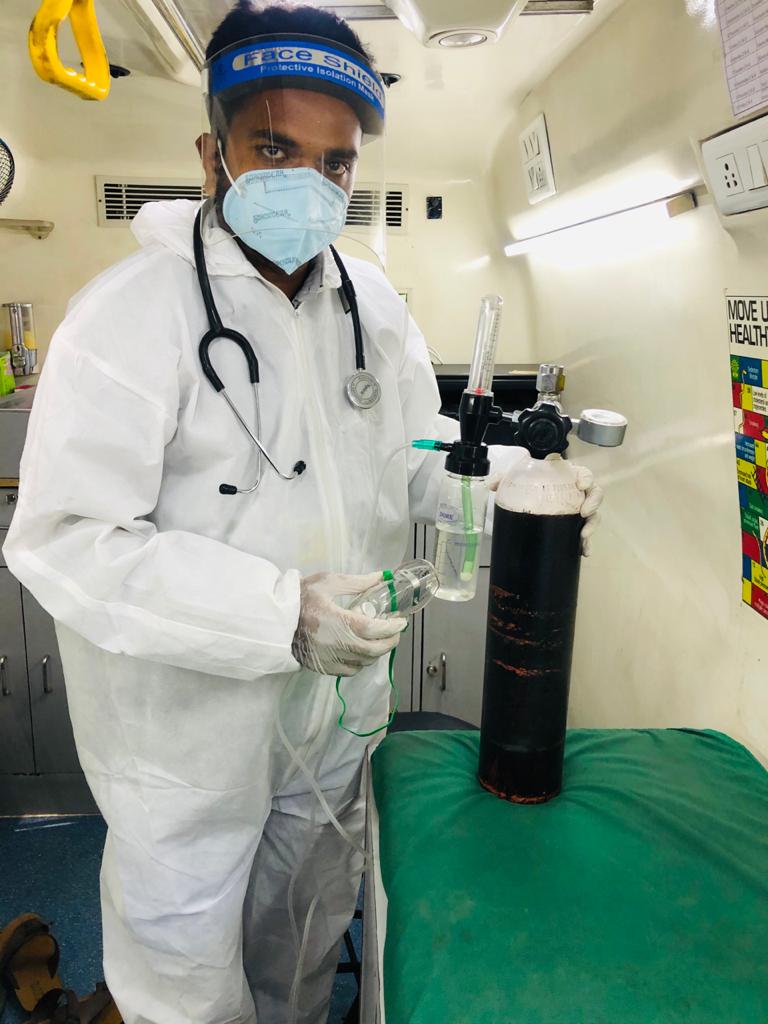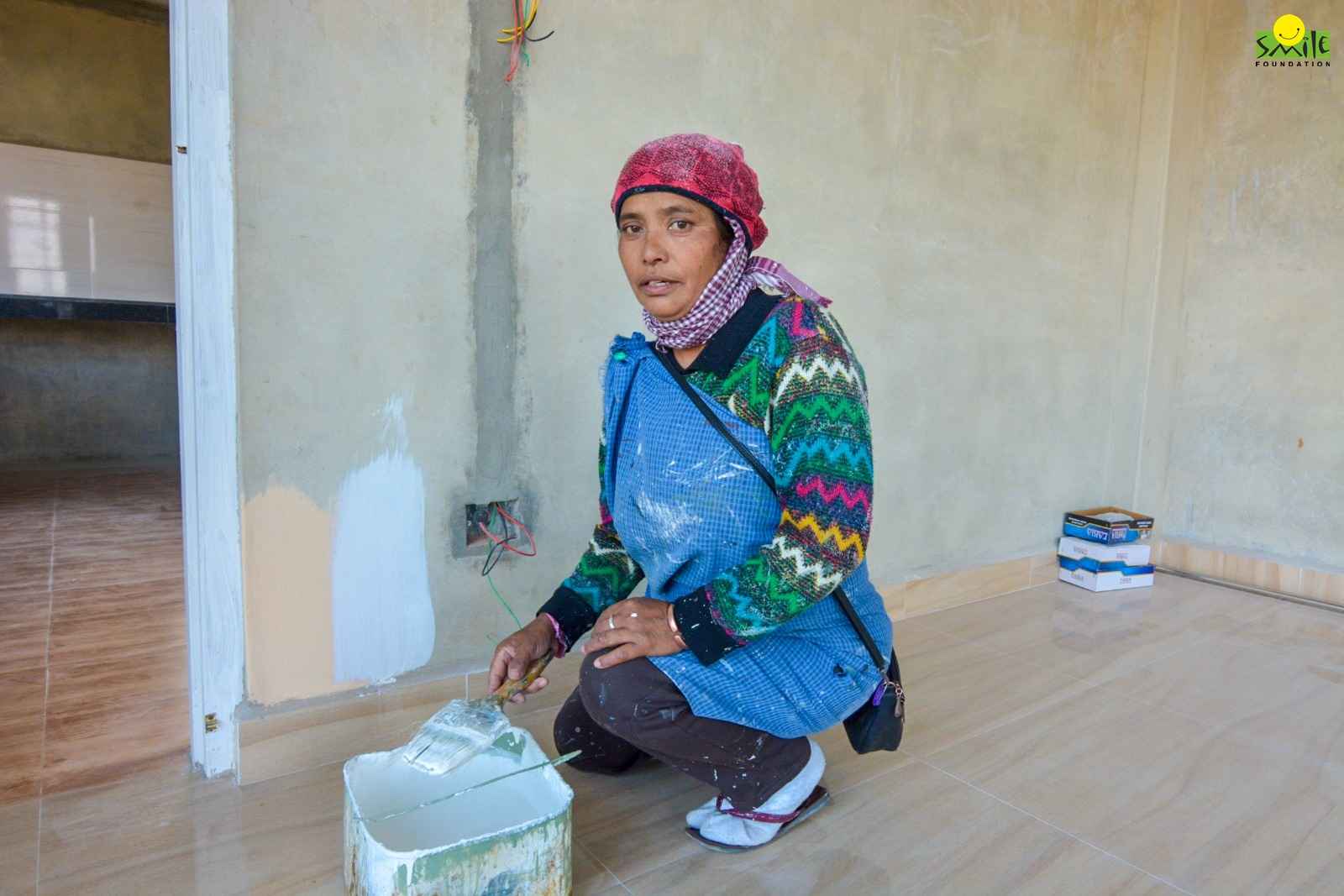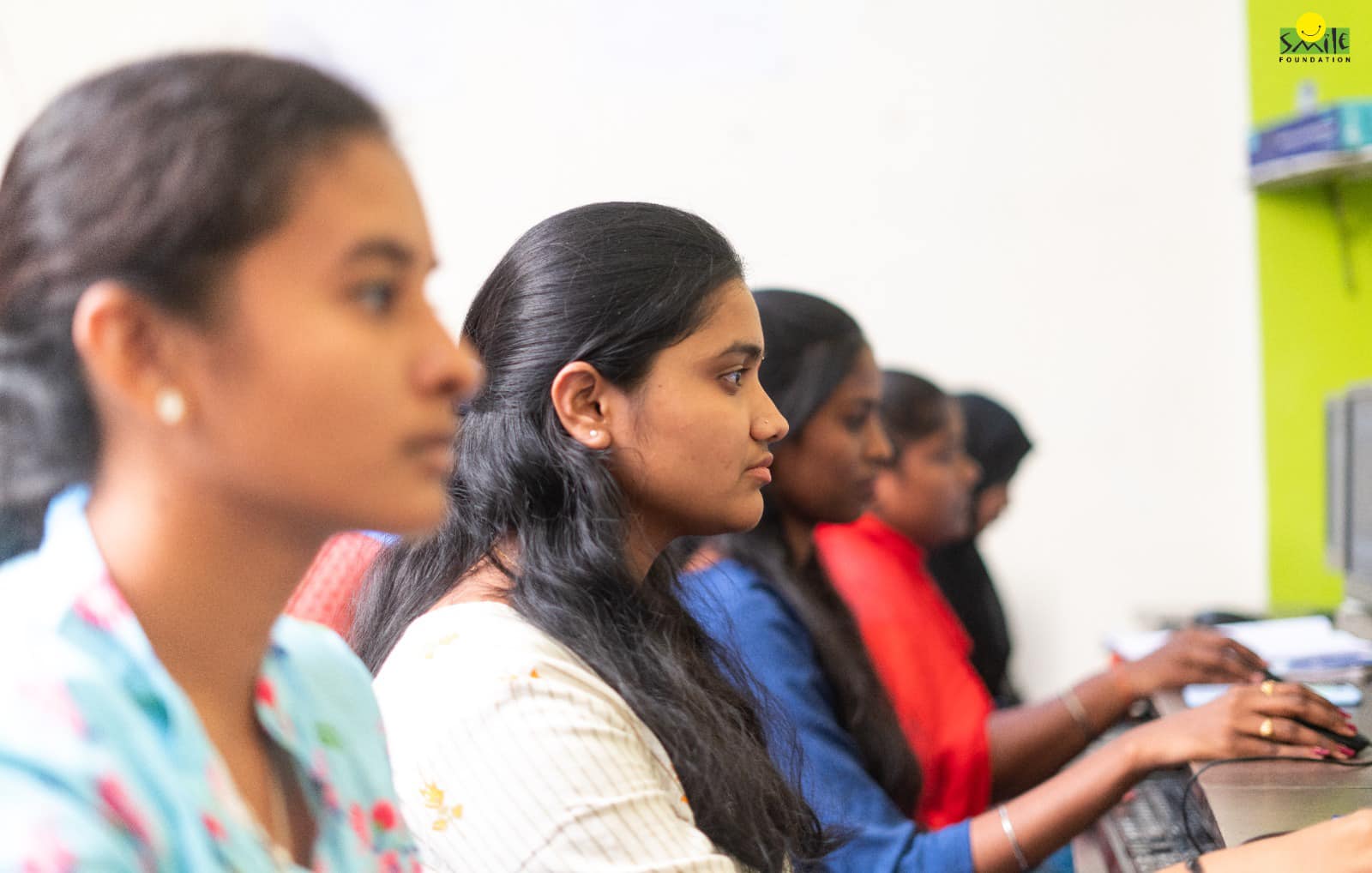The coronavirus pandemic has had a profound impact on the global supply chain. The healthcare industry has also felt the impact of this disruption. It has also affected COVID-related work. As the world gears up to face the new Omicron variant of the virus, it is time to analyse and relook at the supply chain. This can ensure that we are better prepared in the future to deal with the disruptions to the global supply chain due to COVID-19.
The problems in the supply chain
If there is a disruption in the supply chain, it impacts essential items like pharmaceuticals and medical equipment. We saw this abundantly when the pandemic first began and the whole world was unprepared to deal with it. Apart from the global supply chain, domestic logistics also suffer in this situation. There are problems at the grassroots level (such as migration of labourers), restrictions on movement of commercial vehicles, and so on. All these factors together contribute in delaying and hampering the supply chain. This impacts the supply of vaccines, hand sanitisers, testing kits, PPE kits, medicines, medical equipment such as oxygen concentrators, etc.
How we depend on the global supply chain
Modern items frequently have vital components or sophisticated materials that necessitate specialist technological expertise to manufacture. It is quite impossible for a single company to have the range of competencies required to manufacture everything on its own. Consider the increasing amount of electronics in modern vehicles. The touchscreen displays in entertainment and navigation systems, as well as the many microprocessors that regulate the engine, steering, and functions such as power windows and lighting, are not designed by automakers. Another more esoteric example is a class of compounds known as nucleoside phosphoramidites and the related reagents used to create DNA and RNA sequences. These are critical for all businesses working on DNA- or mRNA-based COVID-19 vaccines and DNA-based medicinal therapies. The source for many of the crucial precursor ingredients for this are sourced from South Korea and China.
In India, for instance, the oxygen challenge during the second wave of COVID-19 was caused mostly by local supply chain constraints and the unavailability of oxygen cylinders and tankers, rather than a lack of domestic production. While the majority of oxygen producers are located in the country’s eastern regions, the growing demand came from cities in the country’s western and northern areas. As one state after another went into lockdown, transportation and logistical disasters ensued. As our local supply chains failed us when we needed them the most, imports of oxygen cylinders and concentrators, as well as airlifting of oxygen plants from other nations, came to our aid.
Preparing for the future
The COVID-19 outbreak has provided valuable lessons for everyone. It has led to the realization of corporates that they need to adapt their supply chain strategies to the dynamic scenario during the pandemic. As humans, we have been adapting continuously to meet the needs of the pandemic. The supply chains also need to show resilience, responsiveness, and reconfigurability.
Companies should also look at diversifying their supply chains from a geographic perspective. This can ensure that they are not dependent on a single country for a particular product or raw material. There need to be protocols in place to activate these alternate sources of supply as and when required. Alternately, we can also look inward for the supply chain for long-term benefits. This will reduce dependency on other countries and also boost India’s economy.
After the problems faced in the initial few months of the pandemic, the Government of India decided to promote domestic manufacturing of key materials required by the pharmaceutical industry.
Diversified sourcing and digitization will be critical to constructing stronger, smarter supply chains and guaranteeing a long-term recovery.
Digitizing supply chains and process innovations
New technologies are already or soon will allow enterprises to cut their costs. They will also allow them to switch more flexibly among the items they create, rendering incumbent competitors’ or suppliers’ installed bases outdated. The following are some examples:
Automation: The cost of automation is falling. The requirement of social separation has made automation even more appealing. As a result of these advances, returning off-shored production to higher-cost countries is becoming more feasible.
Additive manufacturing: This manufacturing technology, also known as 3D printing, can significantly reduce the number of steps of manufacturing. It can also reduce reliance on distant suppliers of machines and tools required for, say, plastic injection molding.
Conclusion
The economic upheaval produced by the disruptions to the global supply chain due to COVID-19 has exposed many flaws and cast doubt on globalization. Managers everywhere should utilize this situation to take a new look at their supply networks, identify their vulnerabilities, and then make efforts to strengthen robustness. Forsaking globalization completely might lead to some negative implications. For instance, companies that do not abandon globalization will gladly and rapidly fill any gap. Instead, leaders should look for methods to improve their businesses and gain a competitive advantage.









